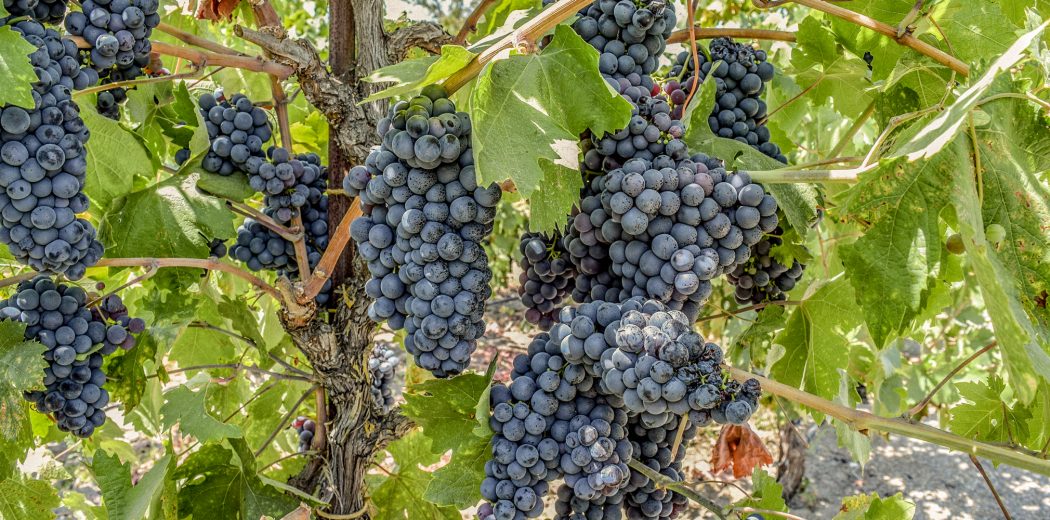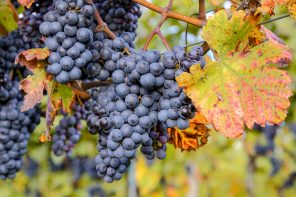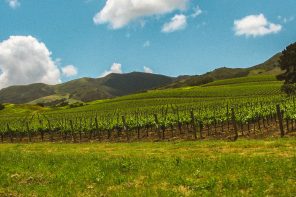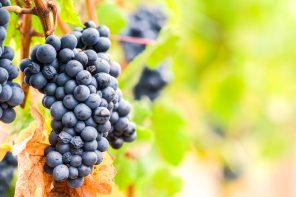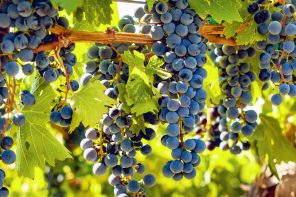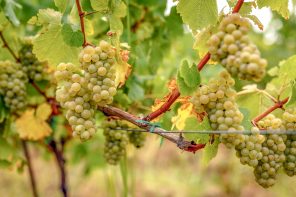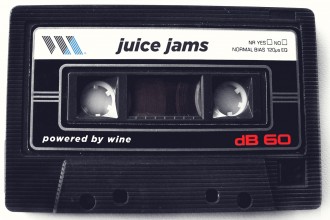Before you start publicly proclaiming your hate for Zinfandel, hear us out for just a second. We’re not talking about White Zinfandel, AKA, the blush wine your parents/grandparents most likely chugged on a regular basis in the ’90s (or presently…). No, we’re talking about the real Zinfandel, one of viticulture’s most succulent, spicy and delicious grape varieties. Born in Croatia, raised in California and consumed all over the world, juicy bottles of Zinfandel are some of the easiest drinking — and food-friendly-bottles on the market. Let us explain.
Zinfandel’s roots are a lot more complicated than you think. Dating back to millennia BC, Zinfandel vines were found abundantly across Croatia, known locally as Crljenak Kastelanski. After making its way to Italy’s Puglia region, the grape was long mistaken for Italian Primitivo. Turns out, Primitivo is a clone of the original variety. Zinfandel is thought to have made its way over to America in the early 19th century, finding popularity during the time of the Gold Rush. Joseph W. Osborne was the first credited producer of Zinfandel in California, planting vines north of Napa, soon spreading across the state. However, many of the vines were torn out during Prohibition, and what was left ultimately became used for fortified wines and bulk blends.
Fast forward to 1972, when Bob Trinchero of Sutter Home Winery drained some juice off of one of his Zinfandel cuvées, ultimately beginning the fad of White Zinfandel. A few years later, during a bout of stuck fermentation (when yeast prematurely dies leaving sugar in wine), sweet, sugar-ridden White Zinfandel became a thing, and the market couldn’t get enough. Because of this, Zinfandel’s already hard-to-understand reputation became even more clouded with the introduction of this sugary blush juice.
However, a handful of California winemakers saw the potential of producing Zinfandel varietally, creating juicy, low-tannin wines of ripeness and bright berry flavors. Zinfandel vines thrive in warm climates, making the Golden State an ideal growing location. Zinfandel’s grape bunches are tight, think-skinned and large. Thanks to the grapes’ naturally high sugar, Zinfandel can be harvested late and made into dessert wine, though spicy, dry bottlings are where the variety arguably shines.
Because of Zinfandel’s bright acidity, moderate tannins and juicy fruit-forwardness, the wine pairs impeccably with an array of foods. It’s no surprise that Zin has garnered a reputation as the ideal Thanksgiving Day wine; light poultry, tangy cranberry sauce and rich root vegetables are some of the grape’s favorite pairings. No matter what time of year, grab a few bottles, cook up some Thanksgiving fare and discover a love for one of California’s most famous grapes!
Recommended bottles:
Ridge Vineyards Geyserville Zinfandel
Seghesio Old Vine Zinfandel
Joseph Swan ‘Mancini Ranch’ Zinfandel

